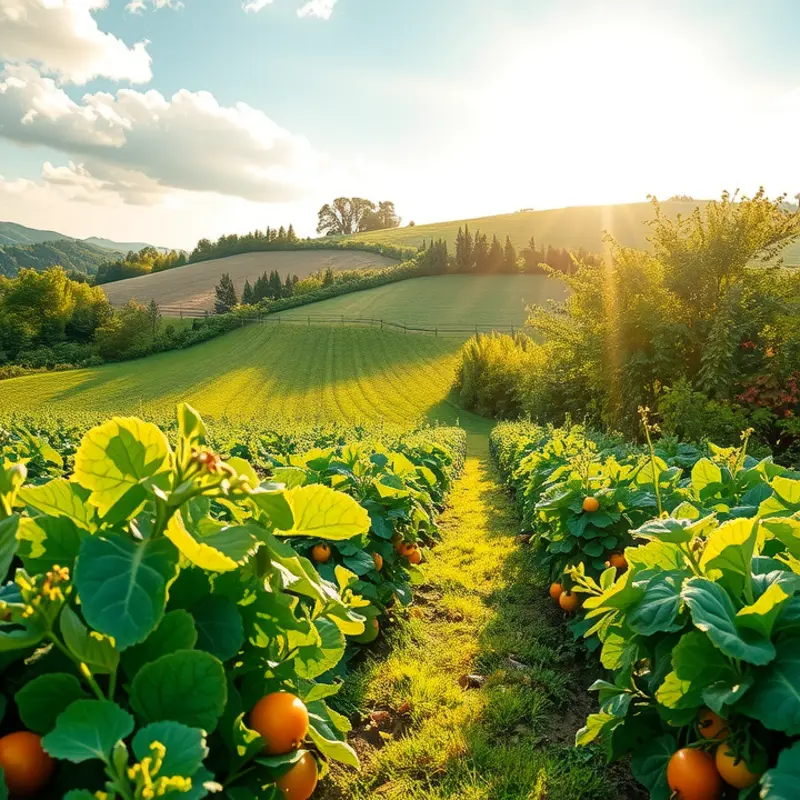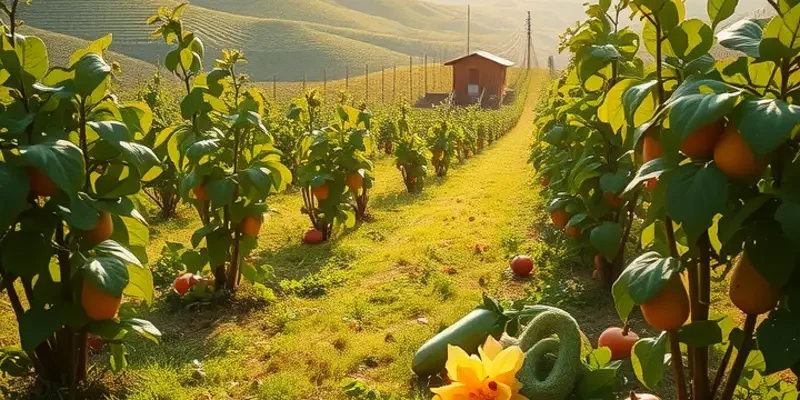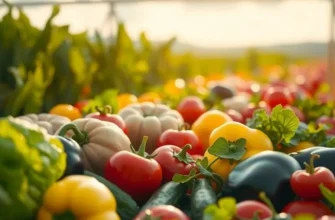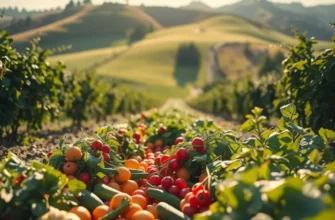Crafting silky purees is an essential kitchen skill that can enhance a variety of dishes, from soups to sauces. This article will guide you through straightforward methods to achieve the perfect texture, ensuring that your purees are rich and flavorful. With just a few tips and techniques, you’ll be able to create beautiful, smooth purees that will impress your family and friends, regardless of your cooking experience.
Choosing the Right Ingredients

The foundation of any silky smooth puree starts with selecting quality ingredients. Your vegetables and fruits should not only be fresh but also possess the right texture to break down easily when cooked. Start by choosing ripe and firm produce. A perfectly ripe squash, for example, provides a creamy texture, whereas an overripe one might turn mushy and stringy.
Vegetables like carrots, peas, and potatoes are versatile choices. Their natural starchiness and the ability to soften easily when cooked make them ideal for purees. Carrots should be bright in color, firm, and free from blemishes. When selecting potatoes, choose starchy varieties as they tend to blend into a smoother texture.
Fruits such as apples and pears bring a natural sweetness and balance to purees, particularly when paired with savory ingredients. The ideal fruits are those that are just ripe—firm yet yielding slightly under pressure. Pay attention to the skin; apples and pears with smooth skin are preferable, as they are easier to peel, saving both time and effort.
When it comes to liquids, precision is key. Water is an adequate base, but for added depth and richness, consider using broths or milk alternatives. Vegetable broth is nutritious and enhances the flavor of your puree without overpowering it. For those seeking a dairy-free option, unsweetened nut milks can lend a subtle flavor note and creamy finish.
Preparing your ingredients correctly can significantly affect the puree’s final texture. Always peel vegetables with thick skins, such as potatoes and carrots, to prevent lumps. For softer-skinned fruits and vegetables, a good wash might suffice. Also, ensure you chop them into evenly sized pieces. This aids even cooking, ensuring all pieces soften at the same rate.
Cooking methods matter. Roasting vegetables offers a caramelized depth of flavor and is ideal for purees where a robust taste is desired. Steaming is a gentler method, preserving nutrients and providing a clean, fresh flavor. Once cooked, your ingredients should be soft but not mushy; this allows for easy pureeing while maintaining flavor integrity.
To explore more about enhancing flavors without adding salts, consider browsing through this guide. It offers tips on maintaining a seasonally vibrant dish.
As you prepare to blend your ingredients, cool them slightly to prevent steam buildup. This also allows flavors to meld beautifully. A high-power blender or food processor is vital, as it reaches the desired velvety texture swiftly.
Building a perfect puree is an art that starts with mindful selection and preparation of your ingredients. By focusing on these steps, you’ll create a foundation that supports a truly silky, flavorful puree.
Mastering the Blending Process

With your ingredients prepped, mastering the blending process is essential to achieving silky smooth purees. The key is employing the right tools and techniques to transform raw ingredients into a harmonious blend. This starts with choosing the correct equipment—be it a blender or a food processor. Each has its strengths: blenders typically offer more power, making them suitable for liquefying tougher ingredients, while food processors excel at creating textures with a bit more heft.
Before blending, ensure your ingredients are chopped into uniform pieces. This step aids in achieving an even consistency and prevents overworking the motor. Begin at a low speed, gradually increasing to avoid splattering and to ensure everything is well integrated. A common mistake is adding all the liquid at once. Instead, gradually add liquid, checking the mixture’s thickness frequently. Aim for a consistency that suits your dish—thicker for hearty sides or soups, and thinner for drizzles or sauces.
Achieving the perfect texture often requires straining. Use a fine mesh strainer or a cheesecloth. This step removes any remaining chunks, leaving you with a velvety finish. Straining is particularly important for fibrous vegetables or herbs, where achieving a smooth mouthfeel is challenging.
Temperature plays a role in blending success too. If blending hot ingredients, ensure there’s proper ventilation to avoid pressure build-up. Always handle hot liquids with care, as these can cause burns or create messes. Allowing some ingredients to cool slightly can minimize these risks.
To enhance flavor without added salt, consider integrating subtle flavor boosters. Learn more about incorporating seasonings effectively here. Adding flavors during the blending process ensures they meld well, creating a balanced taste profile.
While mastery comes with practice, these steps provide a foundational guideline. As you blend, tweak the process according to the specific demands of your puree and the ingredients used. With patience and attention to detail, you’ll find yourself consistently crafting purees that elevate any dish.
Final words
Creating silky purees at home is a skill that will enhance your cooking repertoire and impress your guests. By choosing the right ingredients and mastering the blending process, you can ensure that your purees are not only silky and smooth but also packed with flavor. Remember to start with fresh, high-quality produce, and don’t hesitate to experiment with different flavor combinations. With practice, you’ll find it easier to create delicious purees that elevate any dish. Happy cooking!







